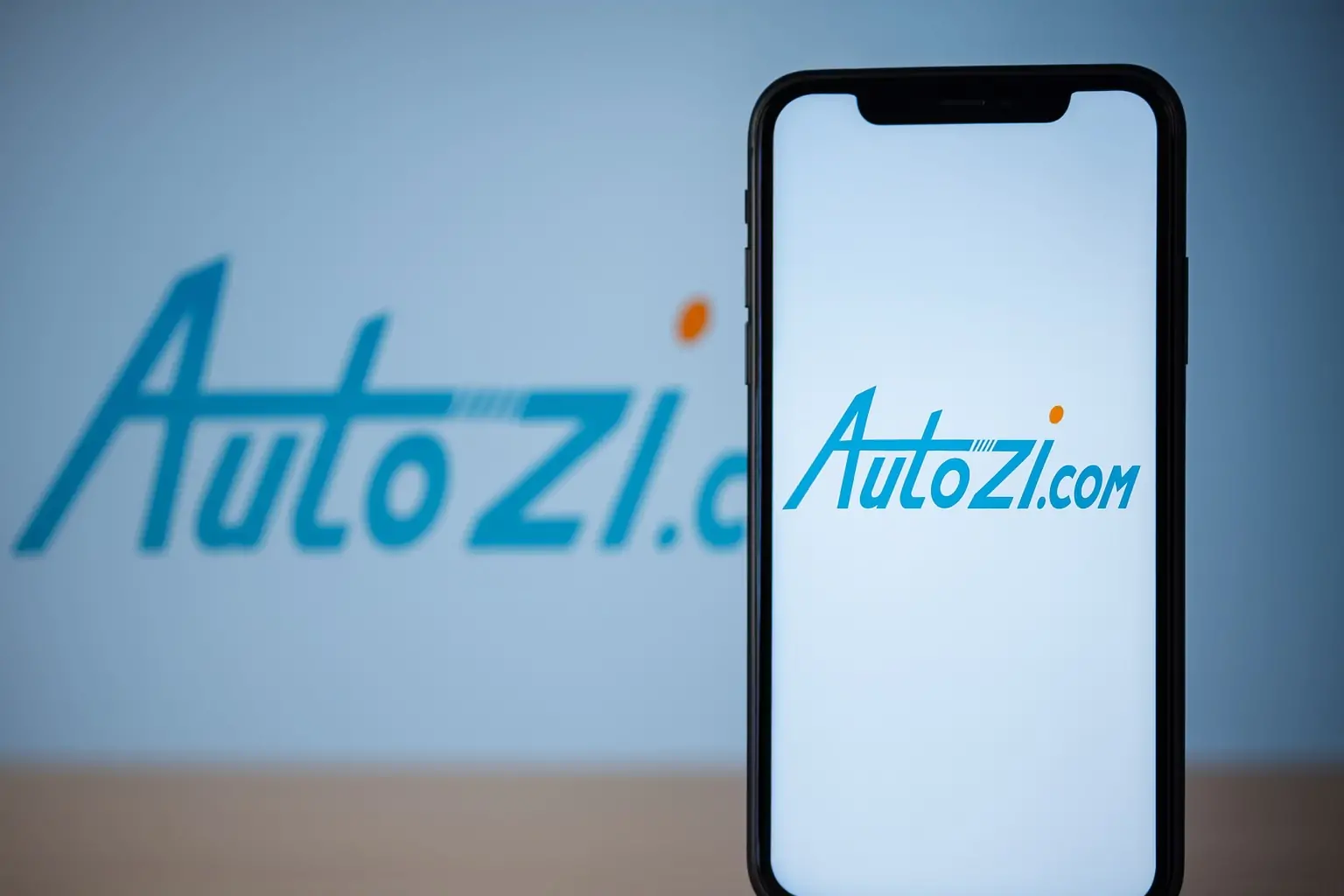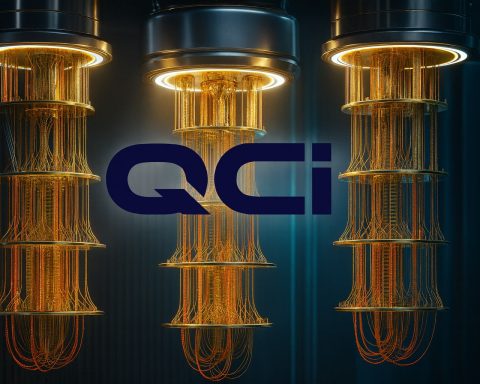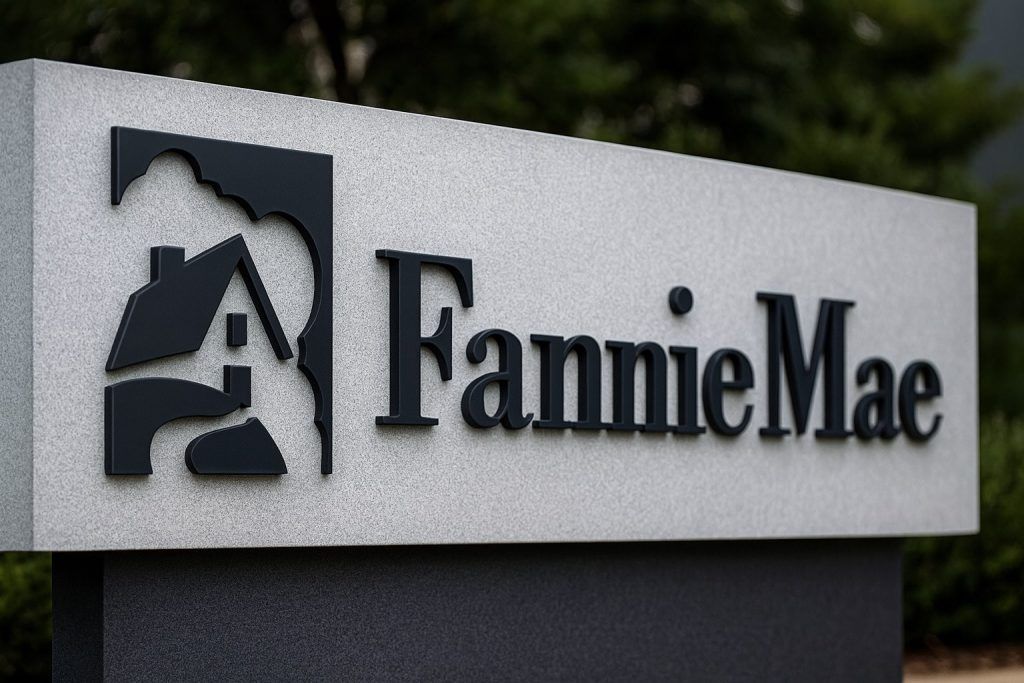Autozi Internet Technology (Global) Ltd. (Nasdaq: AZI), a Chinese automotive supply‑chain and services platform, has jolted back into the spotlight today after unveiling a $1 billion cross‑border sales cooperation framework with Wanshan International Trading Co. The announcement has triggered wild swings in AZI stock, massive trading volumes, and a wave of fresh analyst and media coverage. [1]
Key takeaways
- Autozi signed a strategic cooperation framework with Wanshan International to build and operate a cross‑border supply‑chain cloud platform focused on exporting auto parts and special‑purpose vehicles (SPVs). [2]
- The partners are targeting $1 billion in cumulative overseas sales within three years, positioning the deal as a major growth and globalization milestone for Autozi. [3]
- AZI surged more than 60% in pre‑market trading, with early coverage citing a jump of around 66–68% and trading volume above 175 million shares. [4]
- As of early afternoon UTC, the stock has given back most of those gains, last trading near $0.0759, with an intraday high of $0.19 and volume over 281 million shares.
- Despite today’s spike, AZI remains a highly speculative micro‑cap, down over 90% year‑to‑date with a 52‑week range of roughly $0.072–$2.42. [5]
Autozi’s $1 billion Wanshan deal: what was announced
In a press release issued this morning, Autozi said it has entered a strategic cooperation framework agreement with Wanshan International Trading Co. to jointly build and operate a cross‑border supply‑chain cloud platform. [6]
Key points from the announcement:
- Scope of the partnership
- Autozi contributes its broad passenger‑vehicle aftermarket parts catalog and a developing portfolio of special‑purpose vehicles (SPVs).
- Wanshan provides overseas sales channels, international trade expertise and operational capabilities across key export markets. [7]
- Strategic objective
- The companies are targeting $1 billion in cumulative overseas sales within three years, focusing first on aftermarket parts exports and later on SPV and EV‑related products. [8]
- How it will work
- Autozi and Wanshan plan to integrate digital systems, logistics resources and market data to coordinate sales, cross‑border fulfillment and after‑sales support through the new cloud platform. [9]
The company describes the initiative as a way to “globalize” its supply‑chain platform, giving it a unified channel to push both existing and future product lines into international markets. [10]
How AZI stock traded today: spike, whipsaw, and heavy volume
The Wanshan announcement immediately spilled over into the market.
- Pre‑market reaction
- Current pricing & intraday range
According to real‑time quote data, as of 14:26:03 UTC on 19 November 2025:- Last price: $0.0759
- Previous close: ~$0.075
- Intraday high: $0.19
- Intraday low: $0.0752
- Intraday volume: 281,714,830 shares
- Volume vs. normal trading
TipRanks highlighted that more than 175 million shares traded around the time of the news, compared with a three‑month average daily volume of roughly 4.35 million shares—a huge jump in activity. [13] - Volatility backdrop
Kraken and other data providers show a 52‑week range of about $0.072 to $2.42, underscoring just how volatile AZI has been since its 2024 Nasdaq debut. [14]
Where this fits into Autozi’s new “Capitalization, Digitalization, Globalization” strategy
Today’s announcement comes just over a week after Autozi rolled out a new corporate strategy built on three pillars: Capitalization, Digitalization and Globalization. [15]
In a 11 November 2025 strategy update, the company said it plans to: [16]
- Use its public listing and capital markets access to acquire and integrate high‑quality automotive and mobility companies.
- Plug acquired businesses into its SaaS‑based supply‑chain cloud platform, connecting suppliers, OEMs, dealers and service providers in real time (its S2M2B model).
- Focus near‑term expansion on EV core components (powertrain, battery management, thermal systems) and special‑purpose vehicles (emergency, utility, logistics fleets).
The Wanshan partnership neatly extends this playbook offshore:
- It gives Autozi a ready‑made global export channel for both its existing aftermarket parts and its future SPV and EV businesses. [17]
- By running everything through a cross‑border supply‑chain cloud platform, Autozi can reuse the same digital infrastructure it built for its domestic ecosystem. [18]
In other words, the deal is not just about one big sales target; it’s designed as the international arm of Autozi’s newly refreshed strategy.
What exactly does Autozi do?
For readers less familiar with the name, Autozi is a China‑based automotive lifecycle services platform. [19]
According to its company filings and market profiles, Autozi operates three main segments: [20]
- New car sales
- Parallel‑imported vehicles
- New energy vehicles (NEVs)
- Auto parts and accessories
- Supplies parts to dealers and networked MBS (maintenance and body shop) stores
- Sells both third‑party brands and its own labels across items such as lubricants, batteries, filters, brakes and chemicals
- Automotive insurance‑related services
- Value‑added repair, claims and insurance intermediary services
All of this is linked by an online supply‑chain cloud platform and SaaS tools that connect manufacturers, distributors, workshops and insurance companies—exactly the infrastructure Autozi now wants to extend globally via Wanshan. [21]
Media & analyst reaction today
Beyond the company’s own press release, multiple financial outlets and data providers have covered the 19 November news cycle around AZI:
- PRNewswire / Yahoo Finance / Manila Times – carried the original press statement describing the Wanshan agreement, its $1 billion three‑year sales goal, and its role in Autozi’s broader globalization push. [22]
- Reuters / MarketScreener / StreetInsider – summarized the deal as a cross‑border supply‑chain cloud partnership aimed at expanding Autozi’s overseas revenue base and improving margins over time. [23]
- Investing.com – ran two separate pieces:
- One detailing the cross‑border sales agreement and calling Autozi a micro‑cap with market cap around $8.2 million and a share price that had fallen ~97% over the past year before today’s move. [24]
- Another focusing on AZI’s price action, noting the 68% pre‑market surge on the back of the Wanshan news and highlighting the expectation that the collaboration could expand revenue and margins over time. [25]
- TipRanks – asked “Why Is Autozi Internet Technology Stock (AZI) Up Today?”, tying the rally directly to the Wanshan partnership and the anticipated boost in export demand. Their AI‑driven “Spark” tool, however, still rates AZI as “Underperform” based on weak financial performance and bearish technical indicators, emphasizing that the stock remains deeply negative year‑to‑date despite today’s bounce. [26]
- StockTItan and other newswires – echoed the view that Autozi is effectively using the Wanshan tie‑up to target $1 billion in international revenue, positioning the move as a major scale‑up attempt for a tiny Nasdaq‑listed player. [27]
This mix of coverage illustrates the core tension: the deal is big relative to Autozi’s size, but the company’s fundamentals and trading history still make it a risky, speculative bet.
The numbers behind the hype
Some key metrics being cited around today’s news:
- $1 billion, three‑year overseas sales target tied specifically to Wanshan‑enabled exports. [28]
- Trailing 12‑month revenue of about $156.5 million, with revenue growth around 32.9% over that period, according to InvestingPro data referenced in today’s company‑news coverage. [29]
- Market capitalization
- Price performance
- Down roughly 90–96% year‑to‑date and over the past 12 months, even after factoring in today’s spike, per TipRanks and MarketScreener performance data. [32]
These figures underscore why so many headlines describe Autozi as a tiny, distressed stock attempting a big strategic reset.
Risks, uncertainties and what could go wrong
Autozi’s press releases around both the new strategy (11 November) and today’s Wanshan agreement include standard forward‑looking‑statement language, flagging multiple risk factors. [33]
A few practical risks that investors and observers are watching:
- Execution risk on the $1B target
The agreement is a cooperation framework, not yet a track record of booked revenue. Hitting $1 billion of cumulative overseas sales in three years would require very substantial growth relative to Autozi’s current revenue base. [34] - Micro‑cap volatility & liquidity
With a low share price, concentrated float and huge intraday volume spikes, AZI is prone to sharp rallies and equally sharp reversals, as today’s trading already demonstrates. [35] - Financial history & prior warnings
Earlier filings and news coverage in 2024–2025 noted issues such as going‑concern doubts and Nasdaq compliance warnings, before Autozi later reported regaining compliance with listing rules. [36]
Those historical concerns don’t vanish overnight; they frame how cautiously the market may treat ambitious new targets. - Regulatory and cross‑border complexity
Running a cloud‑based supply chain for auto parts and SPVs across borders involves customs, product standards, export controls and local regulations in multiple regions—each a potential friction point for execution.
Given all of this, many analysts and tools (like TipRanks’ AI “Spark”) continue to flag AZI as a high‑risk, speculative name even as they acknowledge the strategic logic behind partnering with Wanshan. [37]
Bottom line
On 19 November 2025, Autozi Internet Technology has:
- Announced a headline‑grabbing, $1 billion cross‑border sales cooperation framework with Wanshan International, aimed at exporting auto parts and SPVs through a new cloud platform.
- Triggered a surge and subsequent reversal in AZI stock, with enormous volume and intraday highs far above Tuesday’s close.
- Reinforced the narrative that it is pivoting from a challenged micro‑cap into a more global, digitally driven automotive platform—but without yet resolving all the financial and execution risks that pushed the stock down so sharply over the past year. [38]
For now, the Wanshan deal gives Autozi a clear story to tell: if its cloud‑based supply‑chain model can scale internationally, the company’s size and valuation could look very different a few years from now. Whether it can actually deliver that $1 billion target—and sustain today’s burst of market enthusiasm—is the question that will define AZI’s next chapter.
Note: This article is for informational purposes only and does not constitute investment advice, a recommendation, or a solicitation to buy or sell any security. Always do your own research and consider consulting a licensed financial adviser before making investment decisions.
References
1. www.prnewswire.com, 2. www.prnewswire.com, 3. www.prnewswire.com, 4. uk.investing.com, 5. www.kraken.com, 6. www.prnewswire.com, 7. www.prnewswire.com, 8. www.prnewswire.com, 9. www.prnewswire.com, 10. www.prnewswire.com, 11. uk.investing.com, 12. www.tipranks.com, 13. www.tipranks.com, 14. www.kraken.com, 15. www.prnewswire.com, 16. www.prnewswire.com, 17. www.prnewswire.com, 18. www.prnewswire.com, 19. www.prnewswire.com, 20. www.marketscreener.com, 21. www.prnewswire.com, 22. www.prnewswire.com, 23. www.marketscreener.com, 24. www.investing.com, 25. uk.investing.com, 26. www.tipranks.com, 27. www.stocktitan.net, 28. www.prnewswire.com, 29. www.investing.com, 30. www.investing.com, 31. www.marketscreener.com, 32. www.tipranks.com, 33. www.prnewswire.com, 34. www.prnewswire.com, 35. www.kraken.com, 36. www.marketscreener.com, 37. www.tipranks.com, 38. www.prnewswire.com










